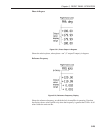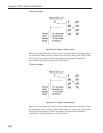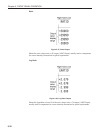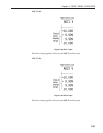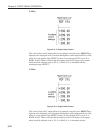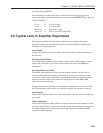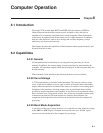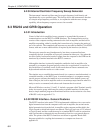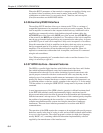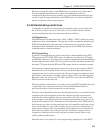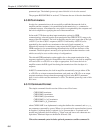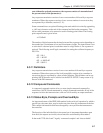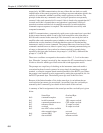
Computer Operation
Chapter 6
6-1
6.1 Introduction
The model 7220 includes both RS232 and IEEE-488 (also known as GPIB for
General Purpose Interface Bus) interface ports, designed to allow the lock-in
amplifier to be completely controlled from a remote computer. All the instrument’s
controls may be operated, and all the outputs read, via these interfaces. In addition,
there are some functions, such as curve storage and oscillator frequency sweeps
which may only be accessed remotely.
This chapter describes the capabilities of the instrument when operated remotely and
discusses how this is done.
6.2 Capabilities
6.2.01 General
All instrument controls which may be set using the front panel may also be set
remotely. In addition, the current setting of each control may be determined by the
computer. All instrument outputs which may be displayed on the front panel may also
be read remotely.
When operated via the interfaces, the following features are also available:-
6.2.02 Curve Storage
A 32768 point memory is included in the instrument. This may be used as a single
curve or split into a number of curves, each of which will record chosen instrument
outputs when an acquisition is initiated. The memory is useful for overcoming speed
limitations in the interfaces, allowing outputs to be recorded faster than would be
possible by transferring them to the computer. It also finds use in experiments where
data is recorded over a long period of time, since it frees the computer from the need
to measure time intervals and send requests for output to the instrument. On
completion of the acquisition, the stored curves are transferred to the computer for
processing.
6.2.03 Burst Mode Acquisition
A special use of the curve storage memory is as a transient recorder, when the voltage
at the ADC1 or ADC2 input is sampled and stored at rates up to 40 kHz. Again,
stored curves are transferred to the computer for processing.



